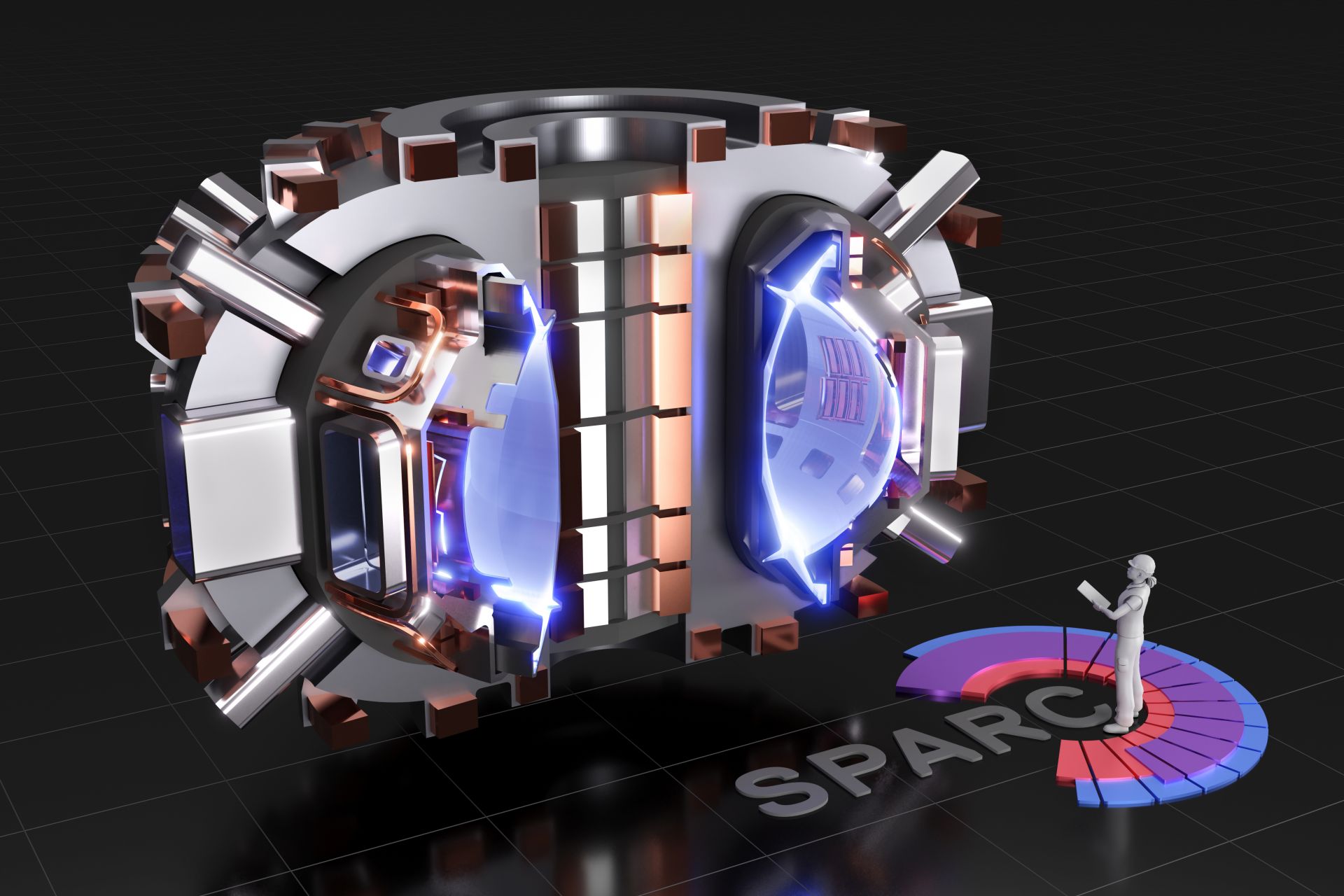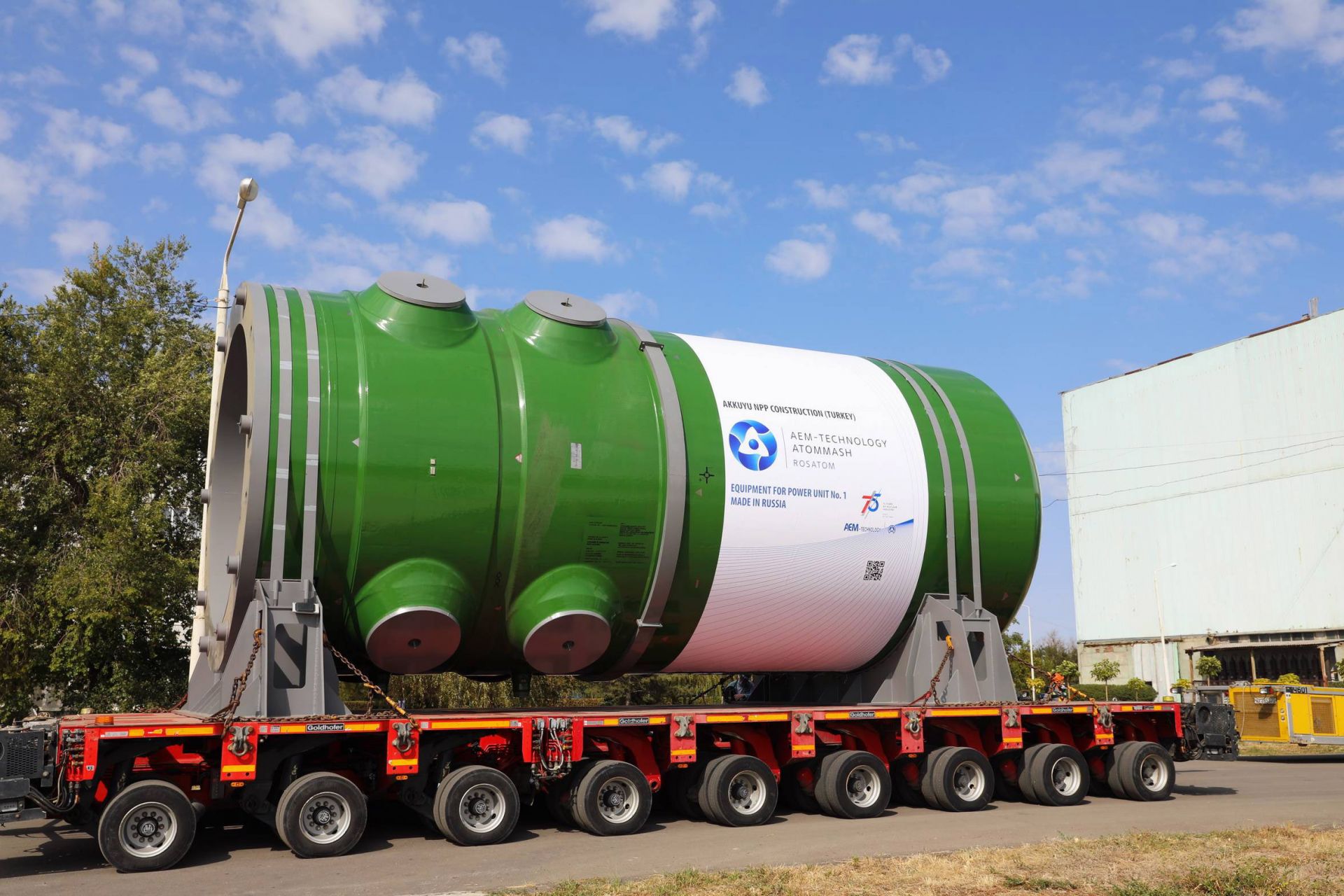Uranium recovery facility opens at Framatome’s Richland site
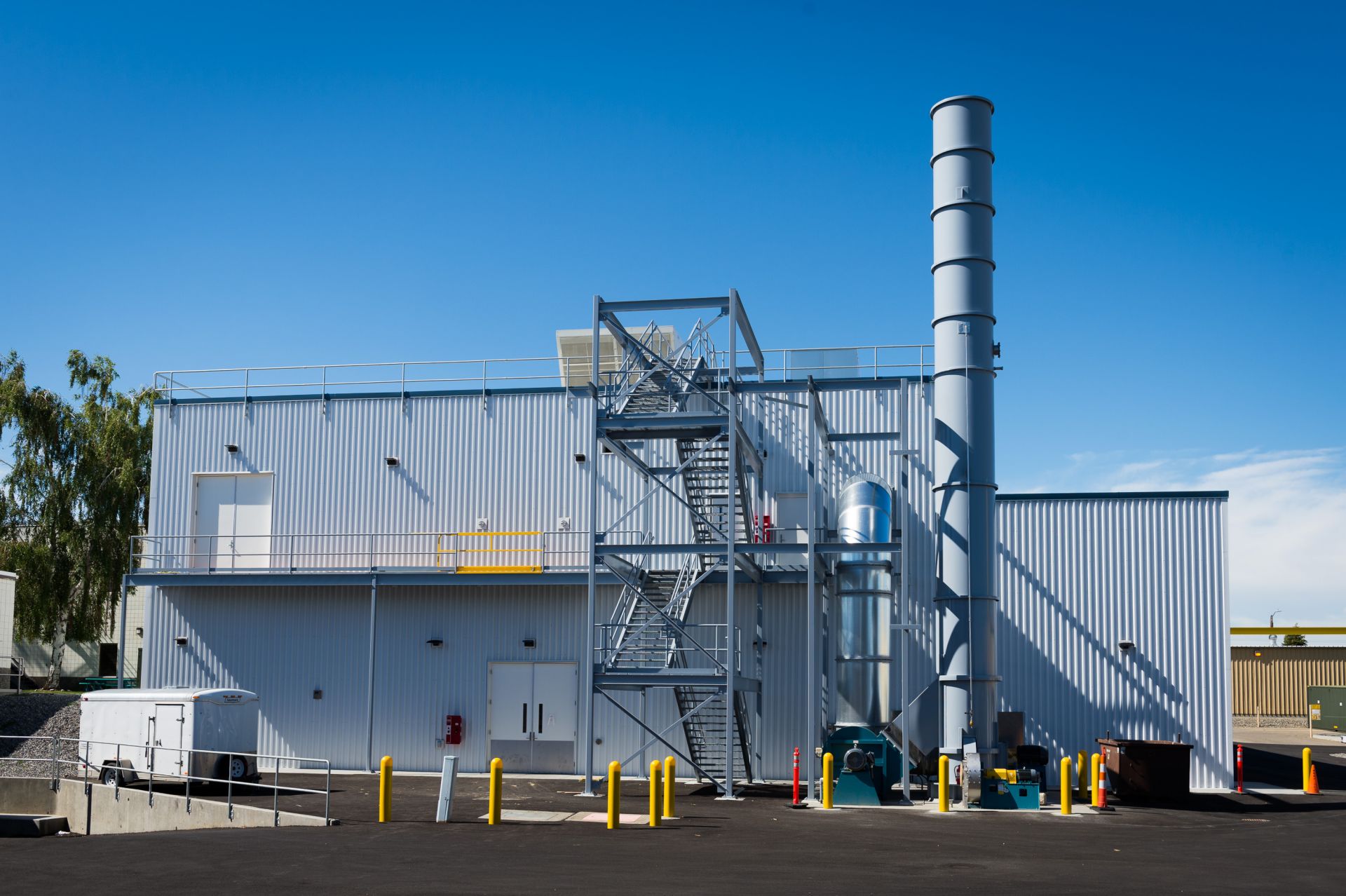
Framatome’s new uranium recovery facility in Richland, Wash. Photo: Framatome
Framatome recently announced the opening of a $20-million scrap uranium recovery facility at its fuel manufacturing site in Richland, Wash., one of the French firm’s 14 North American locations. Construction on the approximately 11,000-square-foot building, which replaces a 35-year-old solvent extraction facility, began in July 2017, and it was declared fully operational on September 21, 2020.
According to Framatome’s October 6 announcement, the facility houses new and upgraded equipment for utilizing the solvent extraction process to separate uranium from feed streams containing non-uranium contaminants such as gadolinium. (Non-uranium contaminants, the company noted, include powders, pellets, and liquids that contain non-uranium impurities, making them unsuitable for other forms of recovery.) The recovered uranium is fed through the ammonium diuranate process to extract uranium dioxide. The extracted UO2 is then processed to make nuclear fuel pellets for fuel rods.



 On March 9, the Department of Energy’s Office of Environmental Management (EM) released its first strategic plan in several years. Titled “A Time of Transition and Transformation: EM Vision 2020-2030,” and called the Strategic Vision1, the document outlines the past accomplishments in cleaning up legacy nuclear waste and provides a broad overview of the initiatives that EM plans to put into motion over the next decade, “laying the groundwork for a long-term plan to realize meaningful impact on the environmental cleanup mission.”2
On March 9, the Department of Energy’s Office of Environmental Management (EM) released its first strategic plan in several years. Titled “A Time of Transition and Transformation: EM Vision 2020-2030,” and called the Strategic Vision1, the document outlines the past accomplishments in cleaning up legacy nuclear waste and provides a broad overview of the initiatives that EM plans to put into motion over the next decade, “laying the groundwork for a long-term plan to realize meaningful impact on the environmental cleanup mission.”2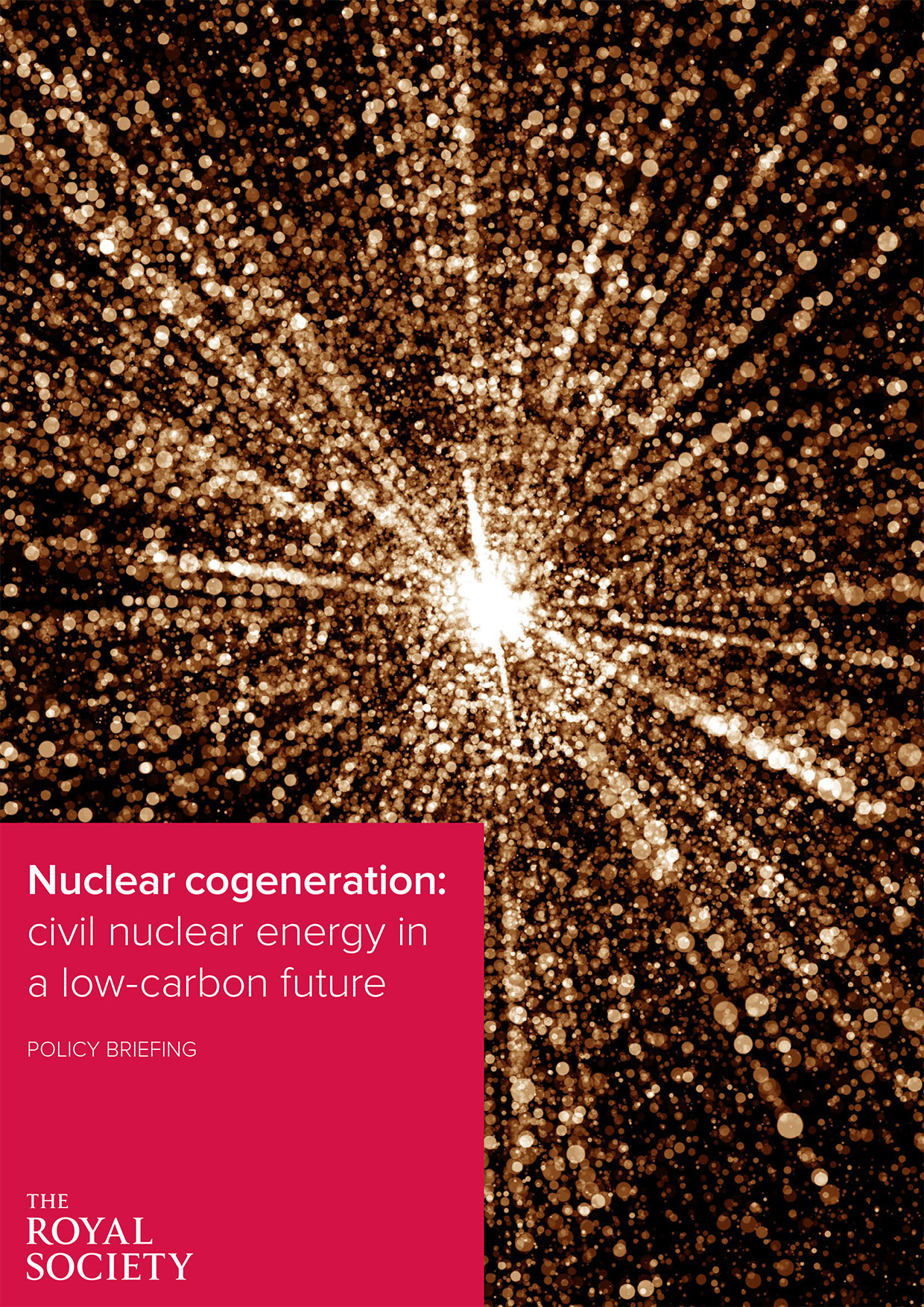 The future of nuclear energy is in cogeneration, according to a policy briefing released on October 7 by the United Kingdom’s Royal Society. (The equivalent of the United States’ National Academy of Sciences, the Royal Society, founded in 1660, is the oldest scientific institution in continuous existence.)
The future of nuclear energy is in cogeneration, according to a policy briefing released on October 7 by the United Kingdom’s Royal Society. (The equivalent of the United States’ National Academy of Sciences, the Royal Society, founded in 1660, is the oldest scientific institution in continuous existence.)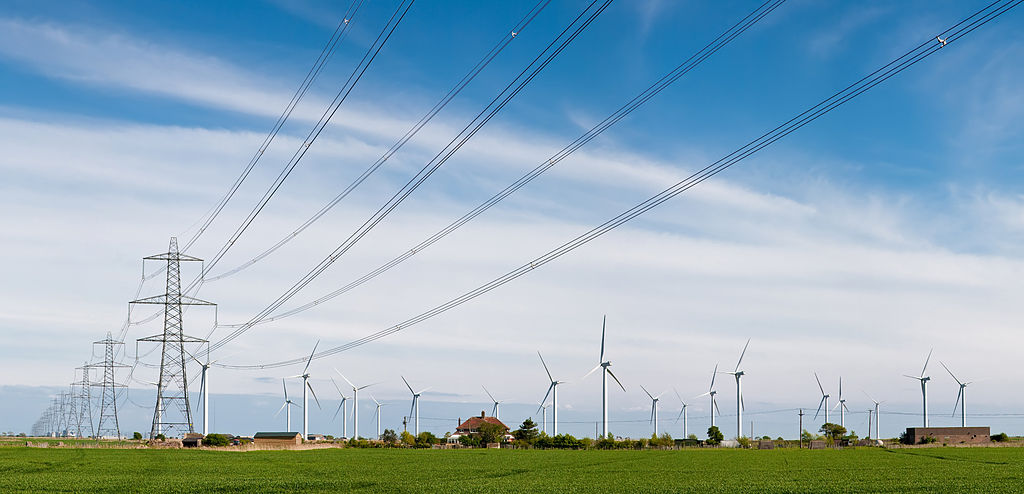



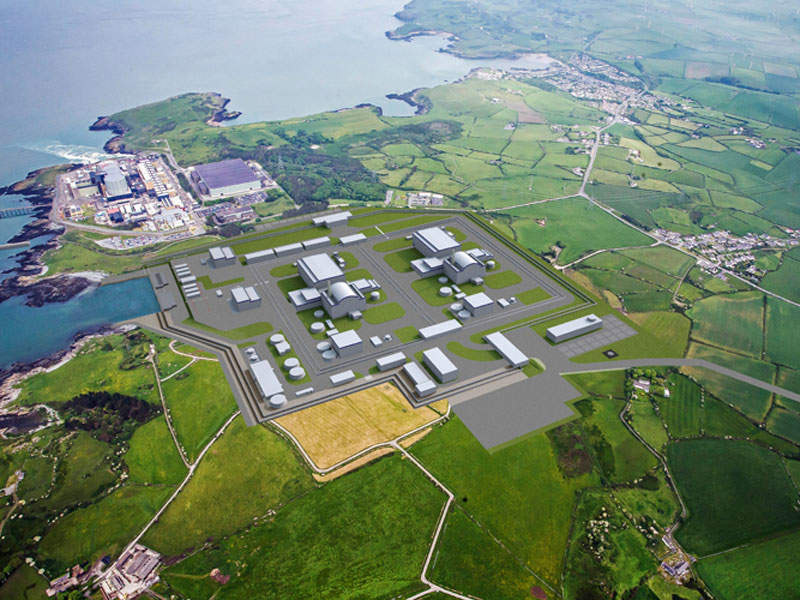
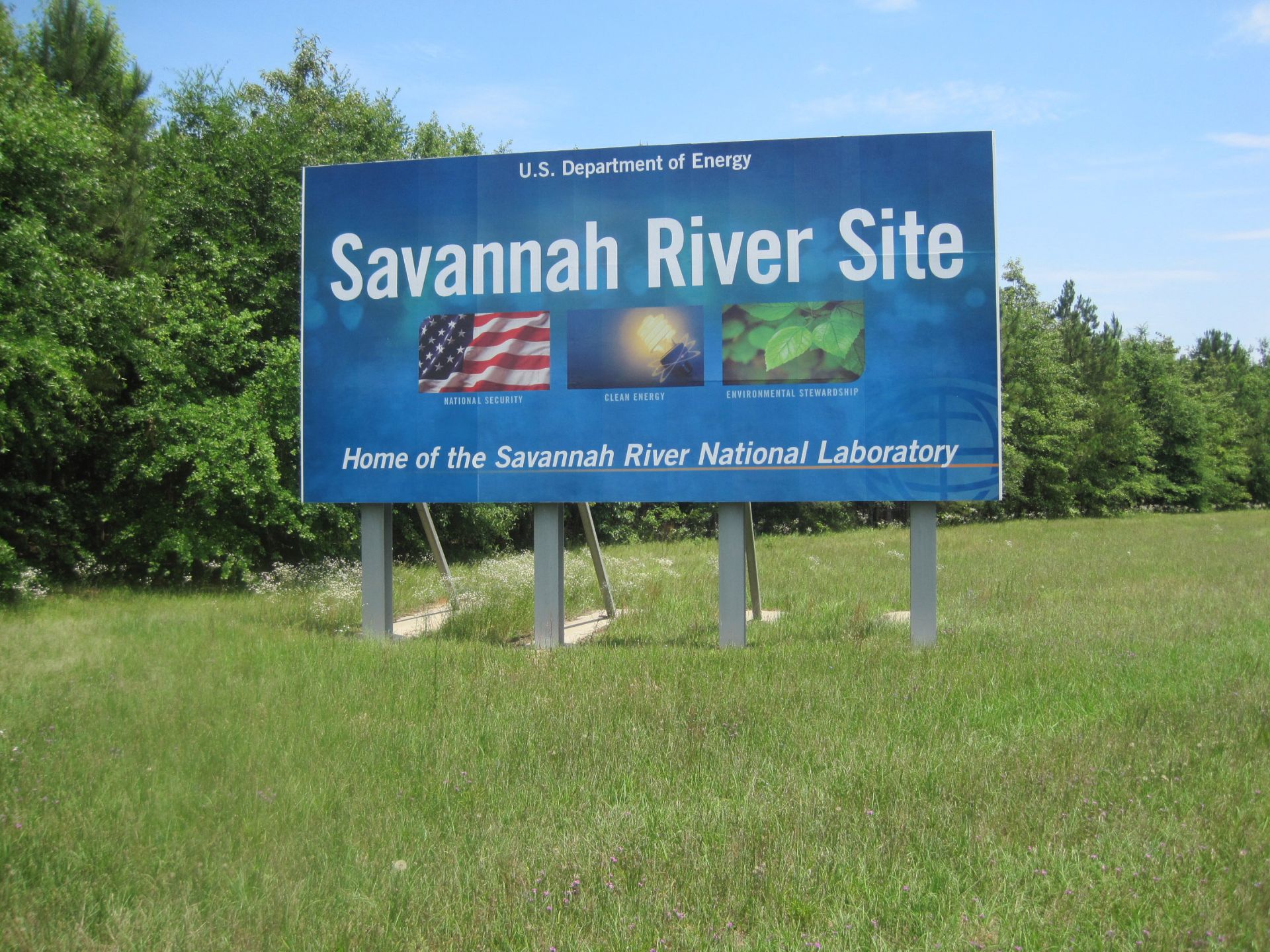
 A recently published paper on clean energy policy for economic recovery calls for the preservation of the current U.S. nuclear reactor fleet and the deployment of advanced nuclear technologies.
A recently published paper on clean energy policy for economic recovery calls for the preservation of the current U.S. nuclear reactor fleet and the deployment of advanced nuclear technologies.